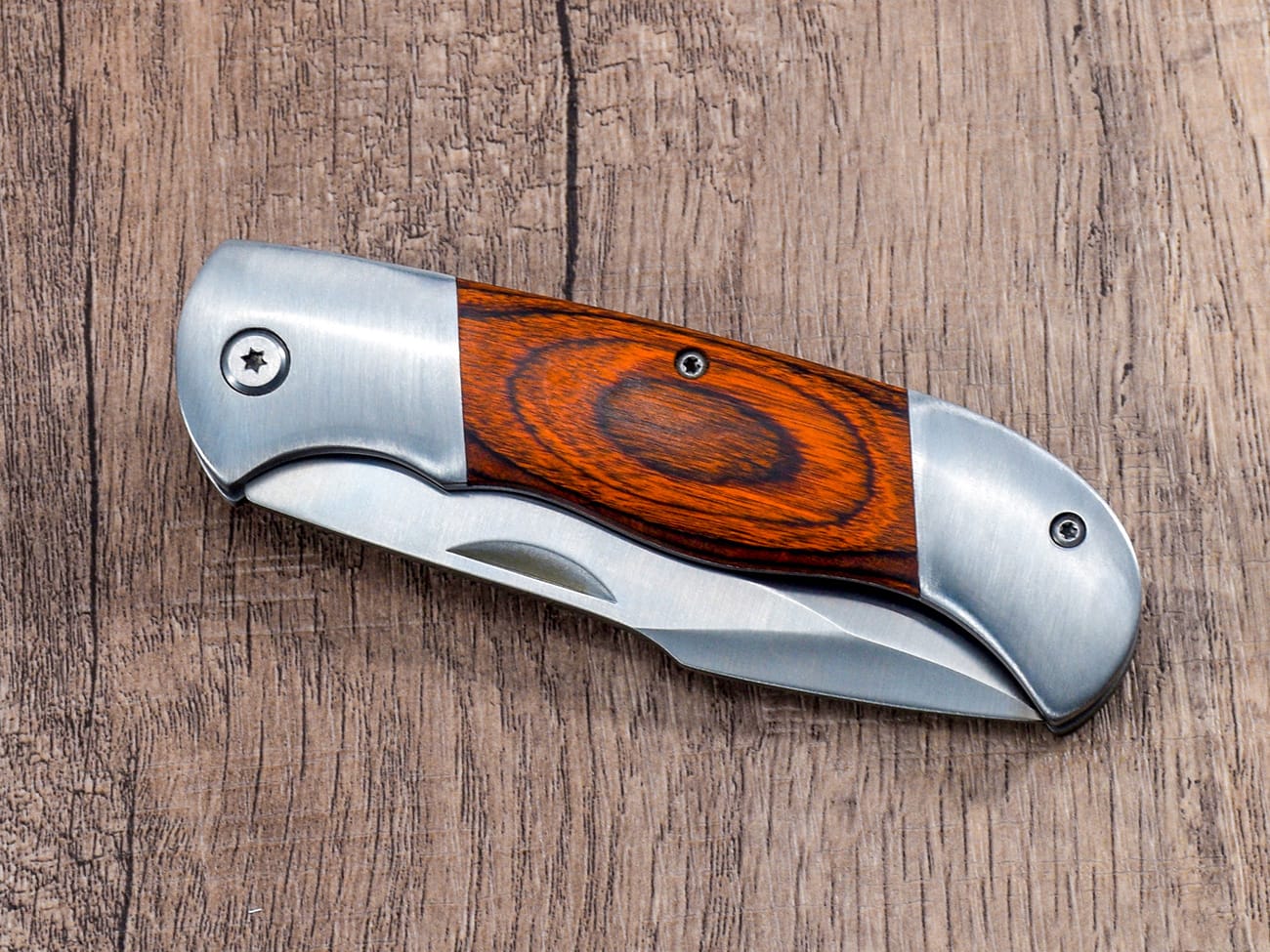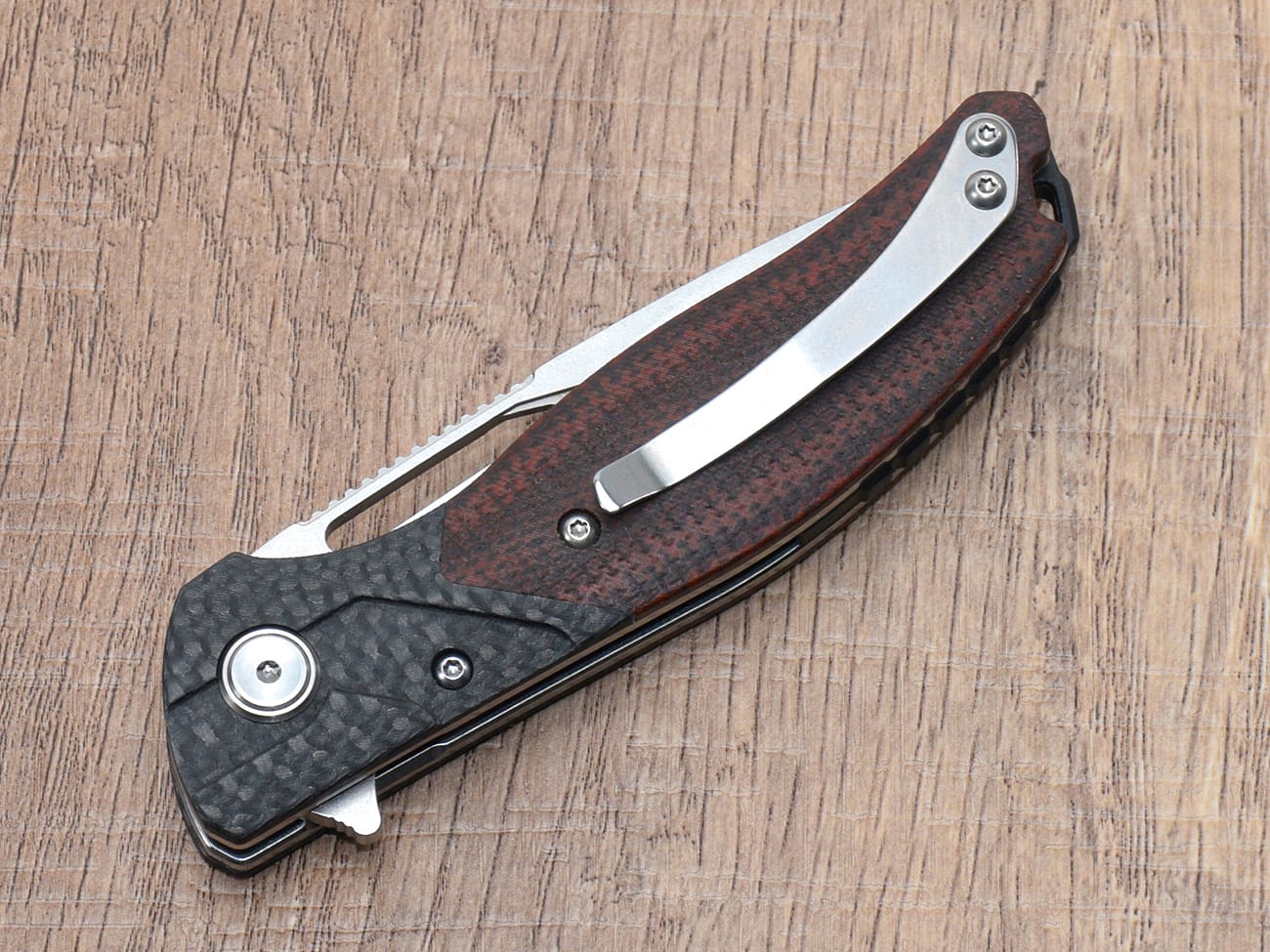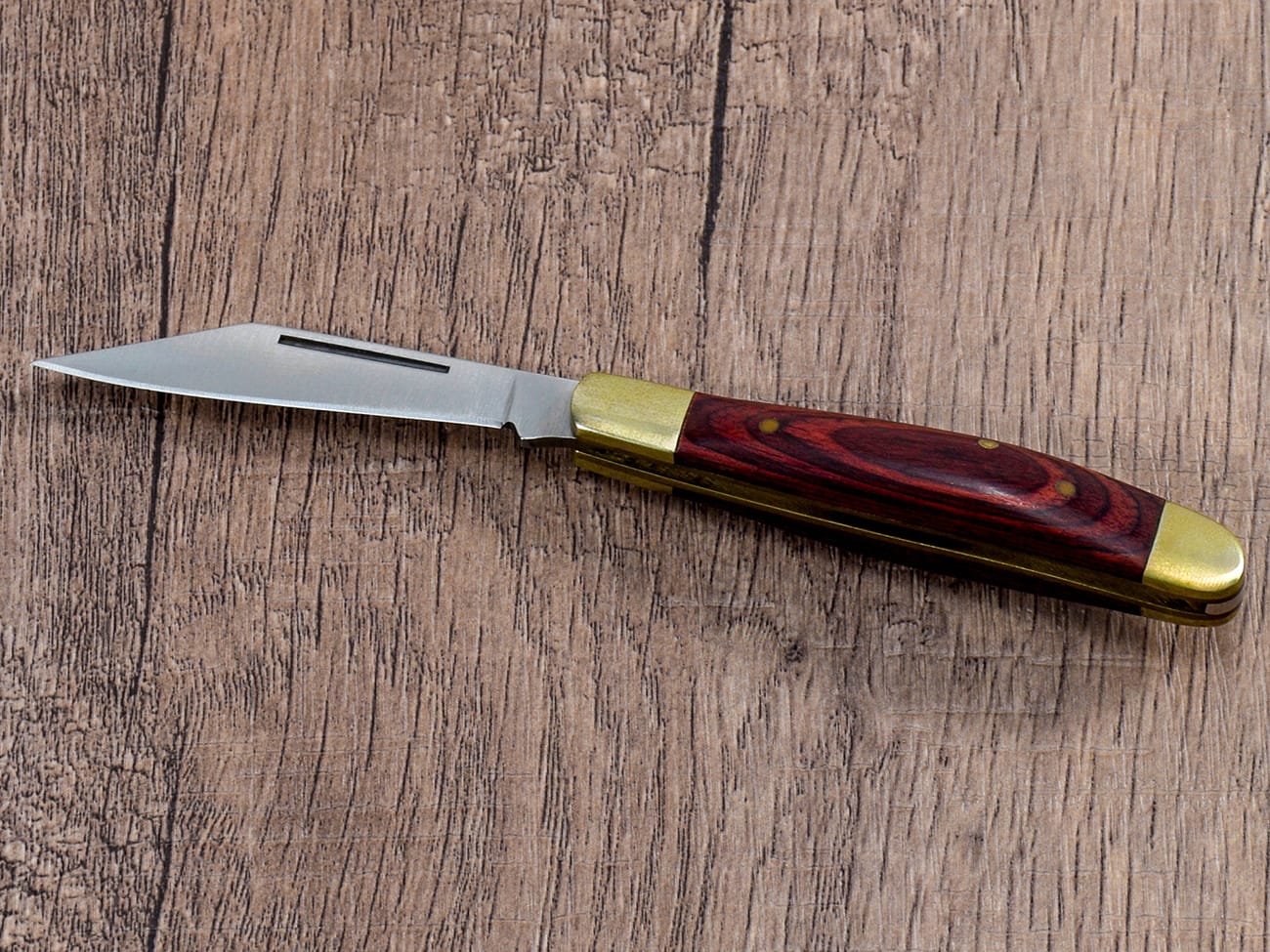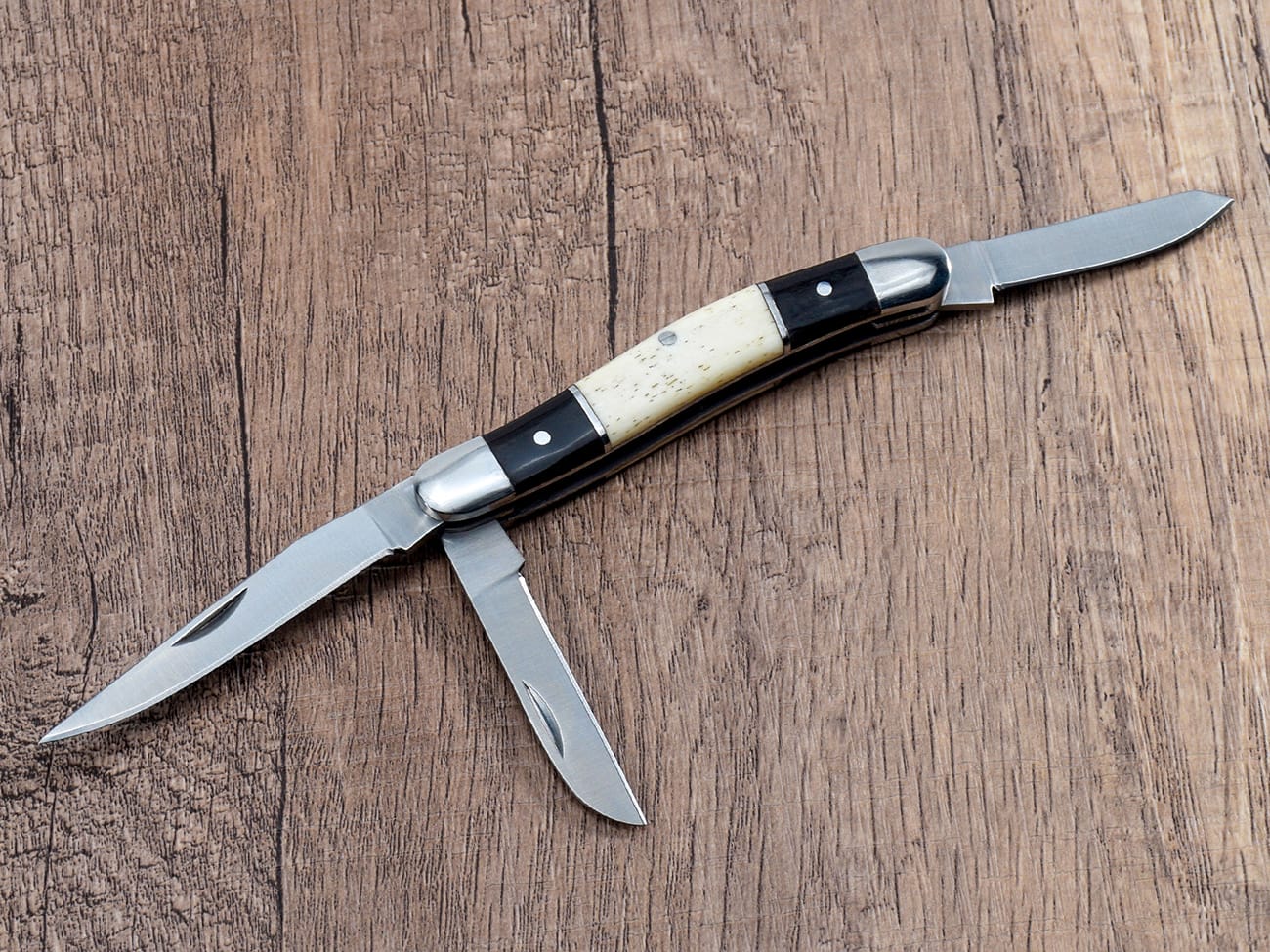Are you tired of fumbling around in your pockets for your trusty knife? Adding a pocket clip to your favorite blade can be a game-changer, providing easy access and secure carry. In this comprehensive guide, we’ll walk you through the process of adding a pocket clip to your knife, from selecting the right clip to installation techniques. Whether you’re a DIY enthusiast or a knife aficionado, this article will equip you with the knowledge and skills to upgrade your pocket knife.
Why Should You Add a Pocket Clip to Your Knife?
Before we dive into the nitty-gritty of installation, let’s explore why adding a pocket clip to your knife makes sense:
- Easy accessibility: A pocket clip allows you to quickly retrieve your knife when needed.
- Secure carry: The clip keeps your knife in place, preventing it from shifting or falling out of your pocket.
- Improved organization: With a clip, your knife stays in a consistent location, making it easier to find.
- Versatility: Clips can often be adjusted for tip-up or tip-down carry, catering to your preference.
Now that we’ve covered the benefits, let’s get into the details of adding a pocket clip to your knife.
What Types of Knives Can You Add a Pocket Clip To?
Not all knives are suitable for adding a pocket clip. Here’s a quick overview of knife types that are typically compatible:
- Folding knives
- Some fixed blade knives (with appropriate sheaths)
- Swiss Army Knives (with aftermarket accessories)
It’s important to note that folding knives are the most common candidates for pocket clip additions, as their design often allows for easier modification.
How to Choose the Right Pocket Clip for Your Knife
Selecting the appropriate pocket clip is crucial for a successful installation. Consider these factors:
- Compatibility: Ensure the clip is designed for your specific knife model or can be easily adapted.
- Material: Common materials include stainless steel, titanium, and carbon fiber. Each has its pros and cons in terms of durability, weight, and aesthetics.
- Style: Deep carry clips, standard clips, and sculpted clips offer different carrying profiles.
- Mounting method: Some clips require drilling new holes, while others can use existing screw holes.
Tools and Materials You’ll Need
Before starting the installation process, gather these tools and materials:
- The pocket clip
- Screwdriver set (flathead and Phillips head)
- Drill and drill bits (if new holes are needed)
- Thread locker (such as Loctite)
- Rubbing alcohol
- Cloth or paper towels
- Masking tape
- Marker or pencil
Step-by-Step Guide to Adding a Pocket Clip
Now, let’s walk through the process of adding a pocket clip to your knife:
1. Prepare Your Workspace
Start by cleaning your work area and laying out all your tools. Good lighting is essential for this task.
2. Clean the Knife
Use rubbing alcohol and a cloth to clean the area where you’ll be attaching the clip. This ensures better adhesion and removes any oils that might interfere with the installation.
3. Position the Clip
Place the pocket clip on your knife where you want it to be mounted. Use masking tape to hold it in place temporarily.
4. Mark Screw Hole Locations
With the clip in position, use a marker or pencil to mark where the screw holes need to be drilled (if necessary).
5. Drill Holes (If Required)
If your knife doesn’t have pre-existing holes for the clip, you’ll need to drill them:
- Remove the clip and tape.
- Use a center punch to create a small indentation where each hole will be drilled.
- Start with a small drill bit and gradually increase the size until you reach the desired diameter.
- Be careful not to drill too deep – you don’t want to damage the blade or locking mechanism.
6. Apply Thread Locker
Apply a small amount of thread locker to the screws. This will help prevent them from loosening over time.
7. Attach the Clip
Position the clip over the holes and insert the screws. Tighten them carefully, making sure not to overtighten and strip the threads.
8. Test the Clip
Once the clip is attached, test it by clipping the knife to different fabrics and materials. Ensure it’s secure but not too tight.
9. Make Adjustments
If the clip feels too tight or loose, you may need to bend it slightly or adjust the screw tension.

Common Challenges and How to Overcome Them
Adding a pocket clip to your knife isn’t always straightforward. Here are some common issues you might encounter and how to address them:
- Clip is too tight: Gently bend the clip outward to reduce tension.
- Clip is too loose: Try bending the clip inward slightly or using a thicker screw.
- Screws won’t tighten properly: Ensure you’re using the correct size and thread pattern for your knife.
- Drill bit slipping: Use a center punch to create a starting point for your drill bit.
- Clip interferes with knife operation: You may need to reposition the clip or choose a different style.
Maintaining Your Knife’s Pocket Clip
Once you’ve successfully added a pocket clip to your knife, proper maintenance will ensure its longevity:
- Regularly check and tighten screws as needed.
- Clean the clip and surrounding area to prevent dirt buildup.
- If the clip becomes bent, carefully reshape it using pliers.
- Apply a small amount of oil to the pivot points to keep the clip functioning smoothly.
Alternative Options for Knife Carrying
While pocket clips are popular, they’re not the only way to carry your knife. Consider these alternatives:
- Sheaths: Great for fixed blade knives and some folding knives.
- Lanyards: Allows you to attach your knife to a belt loop or bag.
- Belt pouches: Provides a secure and protected carry option.
- Neck knives: Small knives designed to be worn around the neck.
Legal Considerations
Before adding a pocket clip to your knife, be aware of local laws regarding knife carry. Some jurisdictions have restrictions on:
- Blade length
- Knife type (e.g., automatic knives)
- Concealed carry
Always research and comply with your local regulations to avoid legal issues.
Conclusion
Adding a pocket clip to your knife can significantly enhance its functionality and convenience. By following this guide, you’ll be able to successfully install a clip on your favorite blade, ensuring it’s always readily accessible when you need it most. Remember to choose the right clip, take your time during installation, and maintain it properly for the best results.Key takeaways:
- Choose a compatible pocket clip for your specific knife model
- Gather all necessary tools before starting the installation
- Clean the knife and work area thoroughly
- Use thread locker to secure screws
- Test the clip and make adjustments as needed
- Regularly maintain your pocket clip for longevity
- Be aware of local knife carry laws
With your newly installed pocket clip, you’ll enjoy easier access and more secure carry of your trusty knife. Happy carrying!




